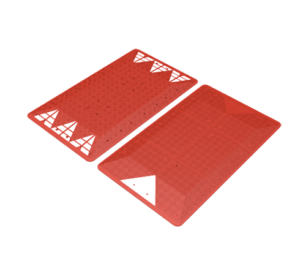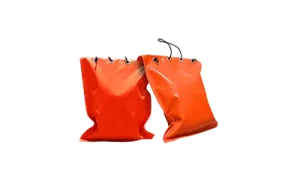Pros and cons of Grainger sand bags!
Grainger is an American company that supplies industrial products all around the world. It was established in 1927 in Chicago by W. Grainger to supply motors to its users.
However, today, it has several branches, and it offers many different products, including tubes, pipes, safety tools, batteries, vehicle maintenance tools, and sand bags.
If you are in search of top sand bag manufacturers, you should consider Grainger sandbags as well. This article highlights the main pros and cons of the Grainger woven bag so that you can decide if it is worth buying or not.
Do you want to know more about this topic? We also have an article talking about top 5 sand bag manufacturers.
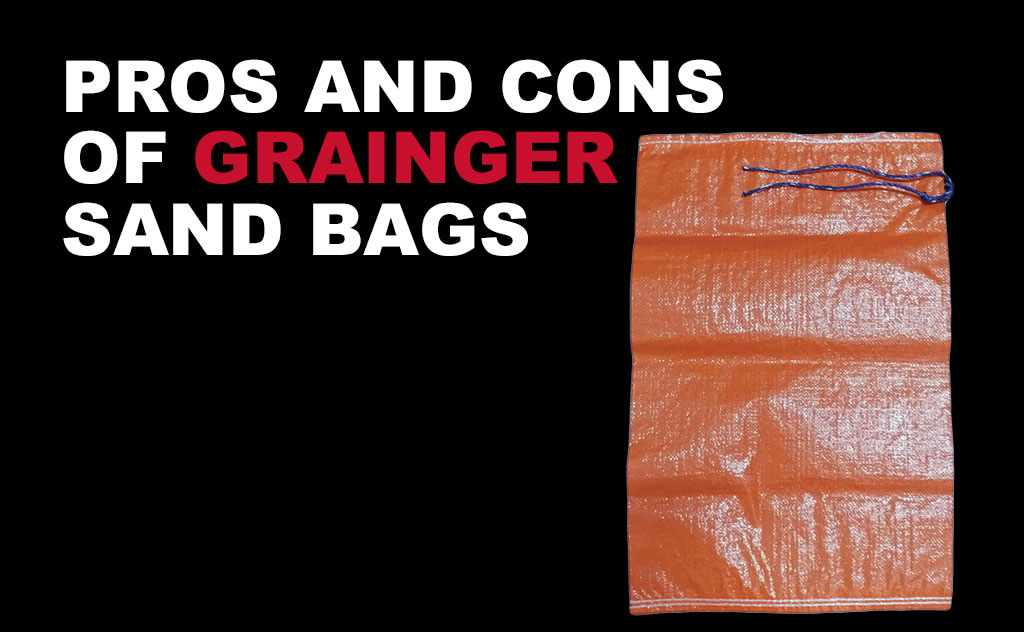
Grainger sandbags
Pros:
- They are available in different sizes, colours, and materials.
- You can find them in polypropylene material.
- They are available in three different colours – orange, blue, and white.
- Some Grainger sandbags are sandless, while others are filled with sand, giving customers both options to select from.
- They are reusable and can be used for different purposes, including flood control, flood protection, erosion control, ballast, sandbagging, etc.
Cons:
- Some sandless forms are a bit costly.
- They are available only in polypropylene material.
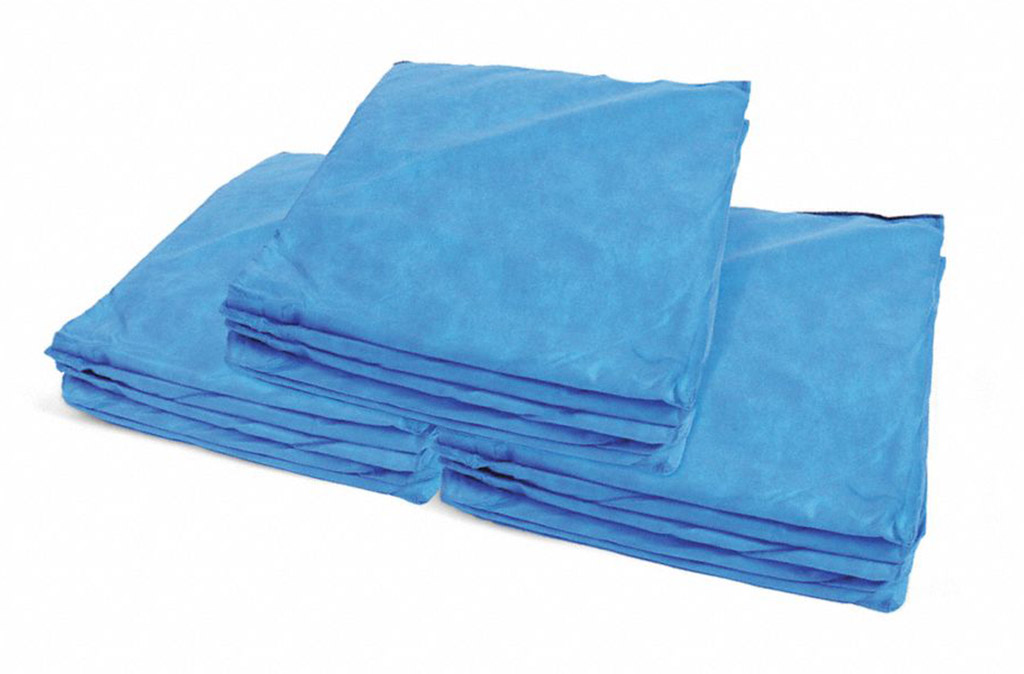
How can you save money on sandbags?
When using a sewn, recyclable sand bag for flood prevention, flood mitigation, big-bag training, function training, fitness program, strength-training, drought management, and flash-flood prevention, you should make wiser decisions to save money.
Buy an empty bag of sand as it is more cost-effective and does not require a transportation vehicle to be carried to a flooded area, parkway, parking lot, roadway, playground, garage gym, etc. It will save you transportation costs.
Buy a bulk bag or sack that is made up of sturdy material like PVC and can be used again and again for years. Another way to save on sandbags is to get heavy-duty poly bags that you can use for multiple purposes. This way, you will not have to purchase a new bag every time you need it for a different purpose.
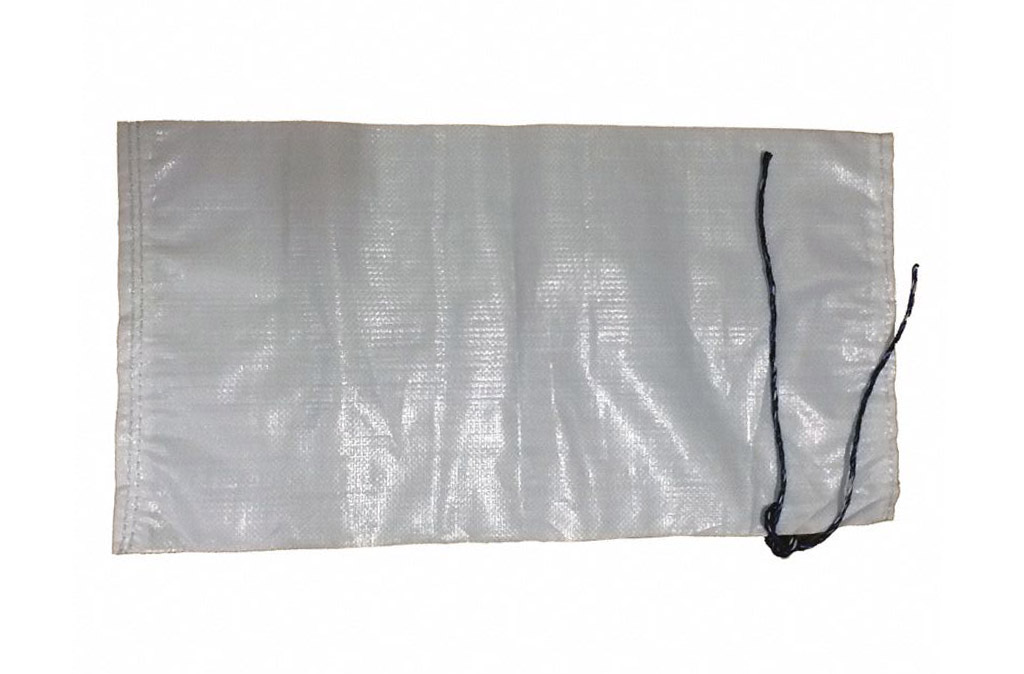
You have already read a good part of this article, 👀
We've
got the impression that you like it. 🙂
👇🏻
IF YOU ARE LOOKING TO WORK DIRECTLY WITH A MANUFACTURER,
FEEL FREE TO CONTACT US. WE ARE VERY HAPPY TO HELP!
Are sandbags used only for holding traffic signs?
One of the most prominent uses of woven big bags is to weigh down construction or traffic signs that can move due to heavy rain or heavy wind. But, in addition to this use, there are many other uses for recycled burlap bags as well.
The National Flood Insurance Program and Federal Emergency Management Agency stack new bags to create flood walls and prevent flood damage caused by flood water, stormwater, tropical storm, wastewater, or rainfall.
Bags of sand are used in the home gym or garage gym as a duffel bag or a similar tool by the strength coach for functional fitness and weight lifting purposes.
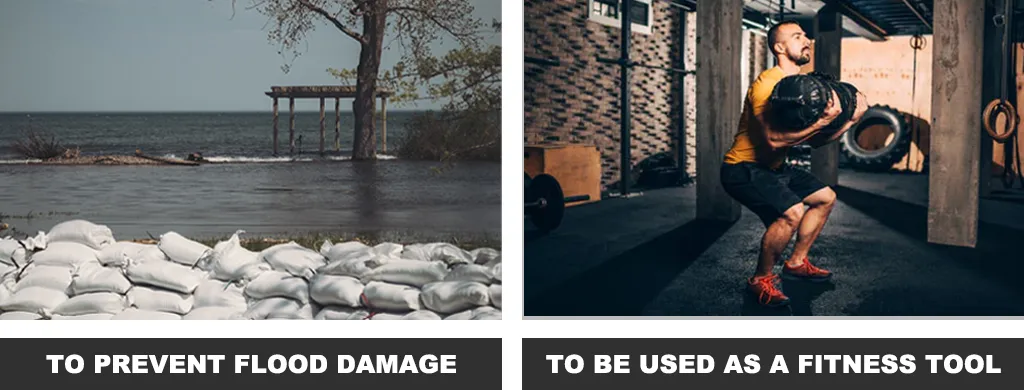
Which materials are used to make a sandbag?
Sandbags can be prepared using a variety of tough materials like woven polypropylene, waterproof PVC, biodegradable textile, breathable polymer, patented polyethene, assorted polyester, disposable woven fabric, etc. Each material is unique in itself. Therefore, it gives unique traits to a sandbag, as well.
The filler material inside a sandbag can be anything that makes it heavy. It can be sand, soil, or even debris and garbage that is added with a shovel or a filling machine.
You should never use paper bags, jumbo bags, laminated food-storage bags, feed bags, food packaging bags, Ziploc bags, handmade polypropylene bags, totes, etc., as substitute bags for constructing flood defences because these bags are weak and small. They cannot perform the role of an ultimate sandbag.

Conclusion
Woven bags are incredibly beneficial tools that you can use for flood risk management and to construct a flood wall in a floodplain or flooding area. They are also helpful in holding road signs and construction signs that fall down when the heavy wind blows.
Grainger sandbags come in three different colours, materials, and variable sizes, giving customers many options to choose from. Some of these sandbags are filled, while others are unfilled.
These sandbags have both pros and cons. However, their pros are more than the cons, making them a reliable product to try.
👇🏻
IF YOU ARE LOOKING TO WORK DIRECTLY WITH A MANUFACTURER,
FEEL FREE TO CONTACT US. WE ARE VERY HAPPY TO HELP!
To learn more, we advise you to refer to the following pages:

